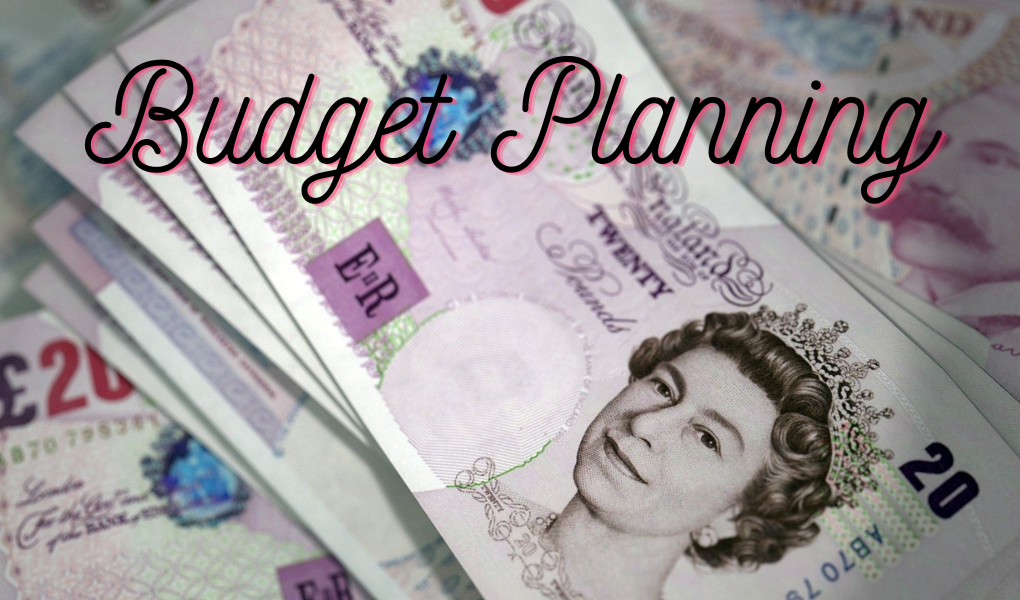A budget is a plan for spending and saving your monthly income. Budgeting includes identifying priorities and goals, outlining your estimated monthly income and expenses and tracking spending. Creating a personalised budget, tailored to your lifestyle and circumstances, is essential to achieve budgeting success.
How to create a personalised/bespoke budget plan
- Calculate your monthly income. The foundation of an effective budget plan is your income. If you are a freelancer, contractor or self-employed, it is important to keep detailed notes of your contracts and pay to help manage your income
- Define your monthly expenses. Next, make a list of everything you spend money on each month. Tracking your expenses can help you determine what you are spending the most money on and where it might be easiest to save. Include regular monthly bills such as rent or mortgage payments, council tax, utilities and car or travel costs. Also list your variable expenses including food, clothing, vet bills, payments towards holidays, presents and entertainment
Top Tip! Record your daily spending to help you plan your monthly budget. To record your spending, you could use an app (link to article) on your smartphone, budgeting spreadsheets or pen and paper. To help you get started with budget planning you can purchase a template to – divide your monthly spending into various categories. Esty provide practical budgeting templates at affordable prices
3. Set realistic goals. Ask yourself why you want to budget?Defining your goals is essential for ensuring you stay on track. List short and long-term financial goals. Short-term goals might include setting up an emergency fund or paying credit card debts. Long-term goals include saving for retirement. Identifying goals can help motivate you to stick to your budget. For example, it may be easier to cut spending if you know you are saving for a once in a lifetime holiday
4. Plan for budgeting success. Consider what you are spending and where there are opportunities to cut back on spending to save money. Ensure you are setting realistic spending limits for each category of expenses to help you achieve budgeting success
5. Adjust your spending to stay on budget. Now that you have documented your income and spending, you can implement adjustments to ensure you have money to put towards your goals. Think about how you can adjust some of your variable expenses. For example, can you cut back on spending on clothes or subscriptions and entertainment services? Also look at adjusting your fixed expenses. Could you shop around for a better rate on car insurance? Remember, small savings can add up. You might be surprised at how much extra money you can accumulate by making small adjustments to your spending.
Top Tip! Read about Money Saving Tips to you reduce your expenses, feel more confident with your money and assist you with achieving your financial goals. Also, consider using Cashback Websites to earn cashback and rewards for shopping online.
Determining your monthly budget
The 50-30-20 rule is a practical monthly budget planning method that you can use to create your monthly budget. This budget planning technique involves spending 50% of your income on your essential expenses, 30% on your disposable costs and 20% added to your savings. 50/30/20 rule. read more — inbound link
Top tips to help you develop good budgeting habits
Implementing effective money management habits can help you manage your finances successfully and achieve your long-term financial goals.
Grocery shopping. Rising costs and inflation are impacting our weekly and monthly grocery budgets. Reducing your spending on food shopping can make a huge difference to your monthly spending. Consider creating a weekly shopping list to help you stay on track and avoid overspending on your groceries. To save money on grocery spending, there are various apps that can help with discounts, cashback, and meal planning. If you are looking to save money through meal planning Mealime is an excellent app that helps you plan meals with affordable ingredients. To save money on food and help reduce food waste, Too Good To Go is a fantastic app for this. The app lets you buy unsold food from local restaurants, bakeries, grocery stores, and cafes at a significant discount, which is often 50%–70% off. This app is great for budgeting, and it also supports sustainable shopping habits.
Overspending on non-essential items. Marketing campaigns are great at convincing us that we need lots of things. Scrolling on Instagram can easily persuade you that you need personalised cosmetics, a fancy smoothie powder and a new water bottle. Before purchasing, always ask yourself if you are buying something because you need it or because of the expectation of what you think it will deliver. For example, are you buying the smoothie powder because you think it will make you healthier? We often buy products because of the expectation of what the product is promising us. Reviewing your monthly spending on a regular basis will help you to identify if you are spending money non-essential items.
Eating out. This category often adds up. Decide how much you will spend on eating out each month. Use discounts and deals to save money and ensure you are tracking your spending to help you remain aware of your monthly costs for this category and avoid unconscious overspending. Use an app or spreadsheet to keep a record of how much you are spending dining out. Search money saving discount websites to find deals. Groupon, Tastecard and Wowcher offer excellent discounts and savings for restaurants and eating out.
Cancel unused subscriptions. We all love a subscription. It might be that music, entertainment, beauty box or food subscription. However, review your subscriptions to help you determine if you are fully utilising the service and receiving the maximise benefits. If not, consider cancelling the subscription.
Apps for budgeting. Good habits – apps for budgeting (and inbound link to apps article)
Summary

